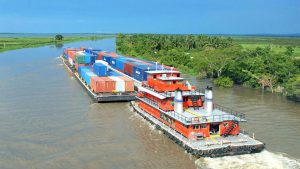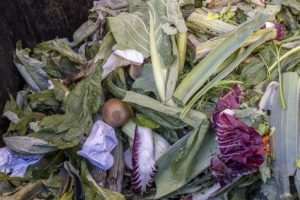
Creating resilience is crucial to climate change justice. In Bijbehara, a hamlet south of Kashmir’s capital, Srinagar, lavender farming has meant farmers grappling with unseasonal rains, prolonged heat waves, and severe water scarcity have found a new means of survival.









